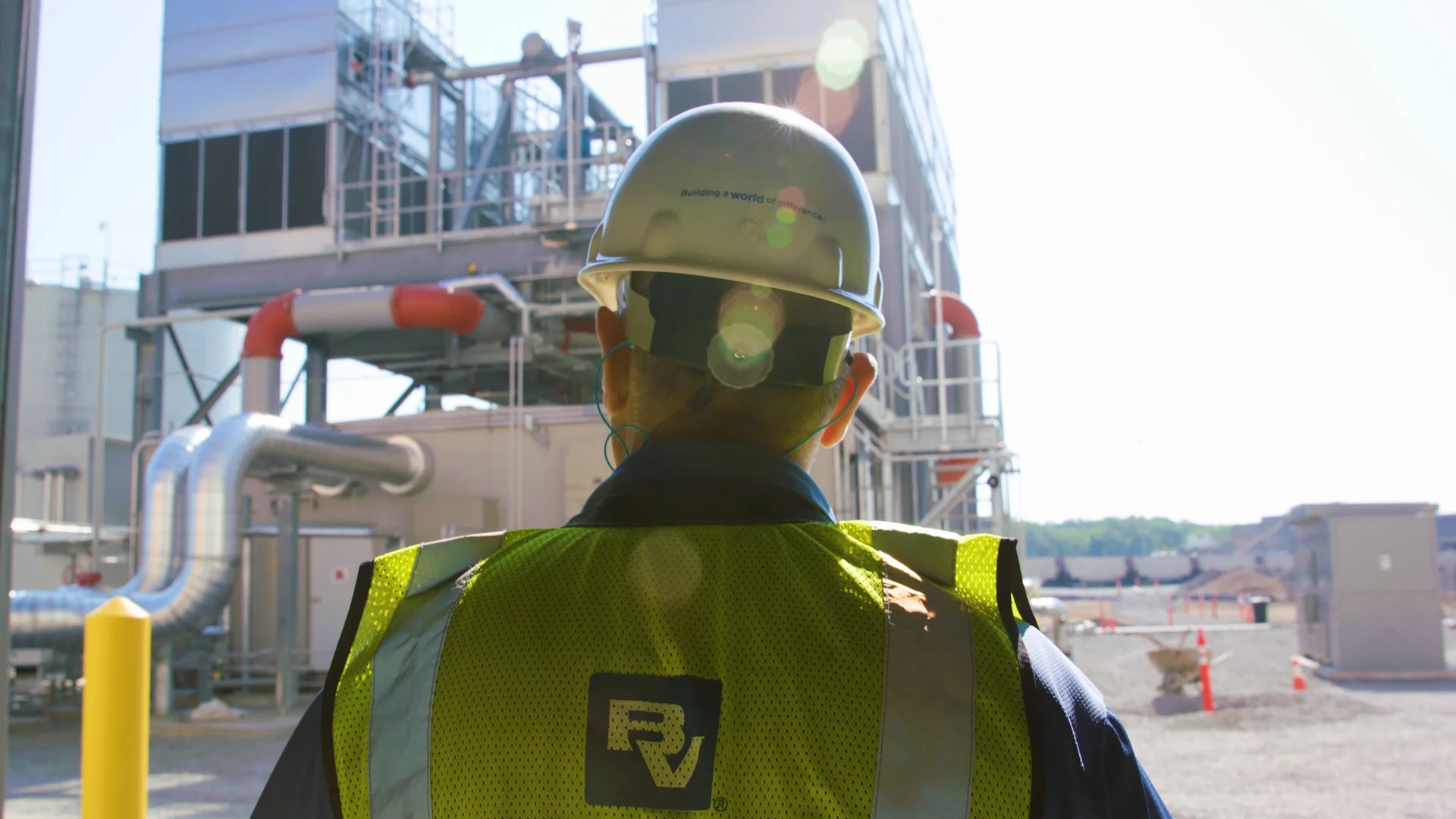Integrated Deep Tunnel Solution Improves Water Quality and Quality of Life

- Project Name
- Coxwell Bypass Tunnel
- Location
- Toronto, Ontario
- Client
- City of Toronto
Integrated Deep Tunnel Solution Will Eliminate the Impacts of CSOs in Toronto, Improving its Water Quality and Quality of Life
In Toronto, the vitality of the city and its stormwater system are deeply intertwined.
Like many North American cities, some of the older parts of Toronto have a combined sewer system. During extreme wet weather events, stormwater and sanitary sewer flows join. Because of effects from urbanisation, a growing population and the city’s outmoded sewer configuration, run-off from rain and melted snow blends with debris and pollutants from the cityscape and raw sewage from the sanitary system. Outfalls then release the toxic overflow, fouling creeks, streams, rivers and, eventually, the city’s shoreline along Lake Ontario. In 1987, the International Joint Commission - an authority established by the United States and Canada to manage and protect lake and river systems along the border - identified Toronto’s waterfront as one of 43 polluted areas of concern in the Great Lakes Basin. The combined sewer was a culprit.
To address the issue, the city has embarked on a $3 billion, 25-year, multi-stage initiative to upgrade its stormwater control. Stage one is the Coxwell Bypass Tunnel, for which Black & Veatch is serving as the prime consultant, responsible for completing detailed design and contract administration.
The 6.3-metre diameter, 10.5-kilometre (km) long Coxwell Bypass Tunnel is the first of three tunnels planned as part of the 22-km Don River and Central Waterfront Wet Weather Flow Project. The project includes five major shafts between 20 and 22 metres in diameter and 12 drop shafts between 2 and 4 metres in diameter, each 50 metres deep. In the future, Coxwell will connect existing combined sewer overflows (CSOs) with a dedicated, new high-rate treatment facility at Toronto’s Ashbridges Bay Treatment Plant (ABTP).
Construction on the Coxwell tunnel began in 2018 and is expected to be completed in early 2024. When implemented with the other tunnels, it will effectively keep CSOs out of Toronto’s waterways. It also will expand the wet weather flow system’s capacity, accommodating Toronto’s anticipated population growth.
The efficiency and security of the dry-weather flow sewer system will increase. Additionally, sewage that currently flows through the Coxwell Sanitary Trunk Sewer, which carries sewage for a Toronto population of approximately 1.2 million, will be diverted to the new tunnel. This will enable periodic maintenance of the trunk sewer.
Water quality in the Lower Don River, Taylor-Massey Creek and Toronto’s Inner Harbour will be improved, which in turn will deliver other benefits. A cleaner habitat for wildlife. Enhanced recreational experiences. Lower nutrient levels, reducing the fuel for harmful algal blooms. A boost to revitalisation efforts along Toronto’s waterfront.
The Coxwell Bypass Tunnel is a critical component of the largest and most significant stormwater management program in the City of Toronto’s history. Black & Veatch’s deep tunnel design solution transforms the existing wet weather flow system, improving the city’s water quality and, not coincidentally, its quality of life.
Contact Us
Looking for a partner in innovation?
Let's Talk
